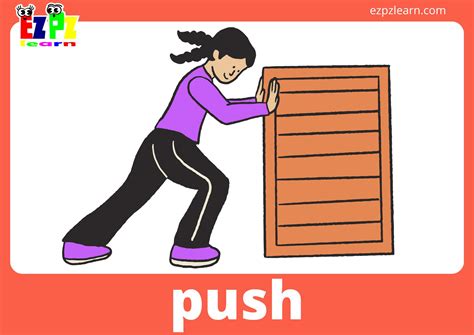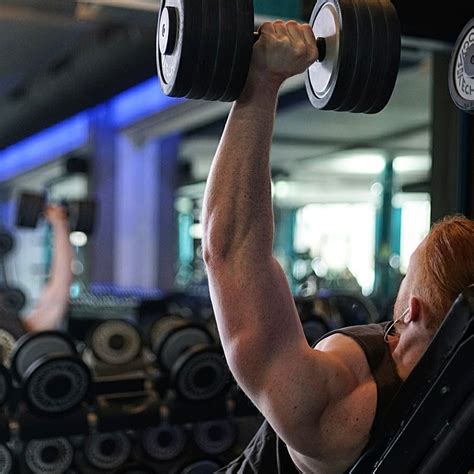What’s the optimal workout split for rapid muscle gain & recovery?

Understanding Workout Splits for Peak Performance
The quest for rapid muscle gain and efficient recovery is a cornerstone of any effective strength training regimen. While dedication to lifting heavy and eating right is essential, the strategic organization of your workouts—known as a workout split—plays an equally critical role. An optimal split maximizes training stimulus while allowing adequate time for muscle repair and growth, preventing overtraining and fostering consistent progress.

Factors Influencing Your Optimal Split
Several variables dictate which workout split will serve you best. These include your training experience, available time, recovery capacity, specific muscle growth goals, and even your lifestyle. Beginners often benefit from higher frequency and lower volume per session, while advanced lifters might thrive on more specialized approaches. Understanding these factors is the first step toward tailoring a plan that delivers results.

Popular Workout Splits for Muscle Growth
Full Body Split
In a full body split, you train all major muscle groups in each session, typically 2-4 times per week. This approach offers high frequency for each muscle group, which is excellent for stimulating protein synthesis multiple times throughout the week. It’s particularly effective for beginners to master movement patterns and for those with limited training days. Recovery is crucial, as the entire body is taxed, but the lower volume per muscle group per session aids in quicker recuperation.
Upper/Lower Split
An Upper/Lower split divides your training into separate days for upper body and lower body, usually performed 2-4 times per week (e.g., Upper, Lower, Rest, Upper, Lower, Rest, Rest). This allows for more volume per muscle group per session compared to a full body split, while still providing adequate frequency. It’s a popular choice for intermediate lifters looking to increase intensity and focus on specific muscle groups, offering a good balance between stimulus and recovery.

Push/Pull/Legs (PPL) Split
The PPL split organizes workouts into ‘Push’ (chest, shoulders, triceps), ‘Pull’ (back, biceps), and ‘Legs’ (quads, hamstrings, glutes, calves). This split is typically performed 3 or 6 times per week (e.g., Push, Pull, Legs, Push, Pull, Legs, Rest). It allows for high training frequency and significant volume for each muscle group within its dedicated day. The PPL split is highly effective for experienced lifters aiming for maximal hypertrophy, as it groups synergistic muscles together, optimizing both work capacity and recovery for individual muscle groups before their next session.
Bro Split (Body Part Split)
Also known as a body part split, the ‘Bro Split’ dedicates an entire workout session to one or two major muscle groups (e.g., Chest Day, Back Day, Leg Day, Shoulder Day, Arm Day). While often criticized for lower frequency per muscle group (typically once per week), it allows for extremely high volume and intensity for that specific muscle group within a single session. For advanced lifters who can effectively recover from such a high localized stimulus, and who prioritize chasing a ‘pump,’ this split can be effective, provided nutrition and recovery are meticulously managed.

Customizing Your Optimal Split
There is no one-size-fits-all answer to the ‘optimal’ workout split. The best approach is highly individualized. Consider your current fitness level: beginners often thrive on full-body or upper/lower splits due to lower recovery demands and higher frequency for motor skill acquisition. Intermediate to advanced lifters might benefit more from PPL or even a well-structured Bro Split, depending on their recovery capabilities and specific aesthetic goals.
Furthermore, factor in your available training days. If you can only train three times a week, a full body or PPL (3x/week version) might be ideal. If you have 4-6 days, upper/lower or 6-day PPL become viable options. Always prioritize adequate rest and recovery, as muscle growth occurs outside the gym.

Beyond the Split: Progressive Overload and Nutrition
Regardless of the split you choose, two fundamental principles remain paramount for rapid muscle gain: progressive overload and proper nutrition. You must continually challenge your muscles by increasing weight, reps, sets, or decreasing rest times. Simultaneously, fuel your body with sufficient protein, carbohydrates, and healthy fats to support muscle repair and growth. Without these elements, even the most ‘optimal’ workout split will yield suboptimal results.
Conclusion
Finding the optimal workout split for rapid muscle gain and recovery is a journey of self-experimentation and adaptation. While splits like Full Body, Upper/Lower, and PPL offer proven frameworks, the ultimate success lies in consistently applying progressive overload, ensuring adequate nutrition and recovery, and being willing to adjust your program as your body evolves. Listen to your body, track your progress, and stay committed to the process.








